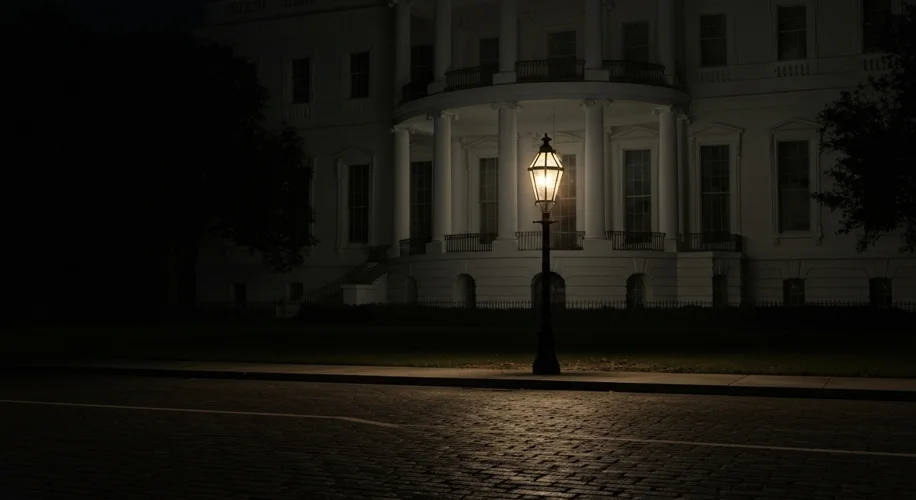The hum of bureaucracy, the endless gears of government grinding day in and day out, often goes unnoticed by the average citizen. But what happens when those gears grind to a halt? When the checks and balances designed to ensure the nation’s functioning falter, and the doors of government agencies swing shut? These are the moments of a government shutdown, a recurring drama in American political history that, while often framed in terms of partisan squabbles and furloughed workers, carries profound and often chilling implications for national security.
Imagine a crisp autumn evening in Washington D.C., the air alive with the usual political machinations. Suddenly, the lights flicker in federal buildings, not due to a power outage, but a deliberate, legislative one. This isn’t a scene from a dystopian novel; it’s the reality of a government shutdown. These shutdowns occur when Congress fails to pass appropriations bills, the legislation that funds government operations for the upcoming fiscal year. Without this funding, many federal agencies are forced to cease non-essential operations, leading to furloughs for hundreds of thousands of federal employees.
The causes are as varied as the political parties involved, often boiling down to disagreements over spending priorities, policy riders attached to funding bills, or broader ideological clashes. One of the most significant shutdowns in recent history was the 35-day shutdown from December 2018 to January 2019, triggered by a dispute over funding for a wall on the U.S.-Mexico border. This lengthy closure left an indelible mark on many government functions.

But the impact of these shutdowns extends far beyond the immediate inconvenience of closed national parks or delayed passport processing. The true concern lies in the erosion of national security. Consider the intelligence community. Agencies like the CIA and NSA, tasked with identifying and neutralizing threats to the nation, rely on continuous funding and operations. A shutdown can mean delays in critical intelligence gathering, analysis, and dissemination. Essential personnel, such as cybersecurity analysts working to protect critical infrastructure or counter-terrorism experts tracking emerging threats, might be furloughed. This creates a dangerous vacuum, a window of opportunity for adversaries to exploit.
Think about the intricate web of national defense. While military personnel are generally exempt from furloughs due to the nature of their duties, civilian support staff crucial for maintaining readiness, operating sophisticated equipment, and conducting research and development may be sidelined. This can lead to a hollowing out of expertise and a slowdown in the modernization of the armed forces. The U.S. military’s ability to respond to global crises, maintain diplomatic leverage, and project power can be subtly but significantly weakened.
The repercussions also extend to international relations. When the U.S. government operates on a partial shutdown, it sends a message of instability to allies and adversaries alike. Diplomatic engagement can falter as State Department operations are curtailed. Negotiations with foreign powers might be delayed, and international commitments could be jeopardized. This can embolden rivals and create uncertainty among allies who depend on American leadership and stability.
One of the most alarming aspects of government shutdowns is their impact on scientific research and public health initiatives. Agencies like the National Institutes of Health (NIH) and the Centers for Disease Control and Prevention (CDC) conduct vital research on diseases and public health threats. A shutdown can halt ongoing experiments, delay the analysis of crucial data, and disrupt disease surveillance. During a pandemic, for example, such disruptions could have devastating consequences for public health.
The 1995-1996 shutdown, one of the longest at the time, saw the furlough of over 800,000 federal workers. While many were essential personnel, the broader impact on government services and scientific endeavors was significant. Later, the 2013 shutdown, lasting 16 days, affected agencies across the board, impacting everything from scientific research grants to the processing of visas and the operation of national laboratories.
In the aftermath of a shutdown, there’s often a scramble to catch up. The backlog of work can take months to clear, creating lingering inefficiencies. More importantly, the knowledge and expertise that are lost during furloughs can be difficult to regain. The morale of federal workers also suffers, leading to burnout and potential attrition, particularly among highly skilled professionals who may seek more stable employment elsewhere.
Ultimately, government shutdowns are more than just political theater. They represent a systemic vulnerability, a self-inflicted wound that can compromise the nation’s ability to protect itself, advance its interests, and safeguard the well-being of its citizens. The next time the government faces a shutdown, remember that behind the budget debates and political posturing lies a very real threat to the security and stability of the nation.

